
Father Robert Hugh Benson, one of my favorite historical novelists, had a knack for bringing to vivid life the characters and times of Reformation England, showing attention to historical detail while weaving tales fraught with danger, heroism, romance, duty, and sacrifice. The heroes and heroines of his novels--always Catholic--are eminently relatable.
In a similar vein, Elena Maria Vidal, author of
Trianon,
Madame Royale, and, most recently,
The Night's Dark Shade, has a gift for writing beautifully while transporting one into past times and places and keeping one's attention riveted as if there oneself.
In the 13th century, Catharism--"The Great Heresy"--had swept through Languedoc, France and gained a stronghold, its adherents of noble and common stock alike. The problem was so serious the Catholic Church had instituted a crusade against the heretics, who had drawn numbers of the faithful away by their esoteric teachings. Louis VIII, crowned in 1223, would lead the crusade, reclaiming Aquitaine and much of the southern territories and leaving to his heir, St. Louis IX, a Capetian reign that extended from England to the Mediterranean.
In the midst of this medieval landscape, enter the maiden Raphaëlle de Miramande, vicomtesse, protagonist of
The Night's Dark Shade, who, bereft of her father as well as her betrothed, both killed fighting alongside King Louis "the Lion" in the crusade, fears an unclear future. The Knights Hospitaller of St. John, that august military order whose members numbered the fiercest warriors against the Saracens, play a prominent part in this novel. Without giving away two much, two knights in particular represent opposite poles in young Raphaëlle's moral life--on the one hand, duty, obigation, and fidelity, and on the other, passion and temptation. Along with this, the devout Catholic maiden must contend firsthand with certain in her company who have ascribed to the Cathar heresy and its evils.
The Church's struggles today against the practices of contraception, abortion, and euthanasia are, though separated by centuries, mirrored in Catholics' struggles against 13th century Albigensian morality, a philosophy that pitted spirit against matter. The Cathars, who deemed all carnality--even married sex--an evil, and its human fruits an unfortunate consequence, held it morally preferable to engage in non-procreative sexual acts, and justified abortion (in some cases even infanticide) and euthanasia to free "entrapped" souls from their material prisons. For these reasons, Vidal's novel is timely and relevant; the spiritual battles Catholics fought then are the same ones we fight today, whether it be on the great sweeping battlefronts of national heresy--a radical individualism loosed from its moral anchorings--or the more intimate realms of the individual soul wrestling to gain self-mastery. The young girl will read
The Night's Dark Shade and identify with the youthful, strongwilled protagonist; the mature woman will read this novel and relate to the newly married Raphaëlle and the sufferings so common to the married state.
The Night's Dark Shade will be a book kept on the shelves of our family library, and will be mandatory reading for my little ones once they've gotten a bit older. Maria Elena Vidal has been gifted with an eye for historical detail, an energetic imagination, an elegant writing style, and a keen and informed faith, all of which blend attractively together in this her latest work.
 There's nothing better this time of year than to sit indoors, snow without, fire roaring at the hearth, sipping a steaming cup of mulled wine. For those with neither snow nor hearth, we can at least take comfort in a mug of hot spiced wine. One can find many recipes for this simple tonic, but this year, I offer a particularly French version.
There's nothing better this time of year than to sit indoors, snow without, fire roaring at the hearth, sipping a steaming cup of mulled wine. For those with neither snow nor hearth, we can at least take comfort in a mug of hot spiced wine. One can find many recipes for this simple tonic, but this year, I offer a particularly French version.  Memoirs of missionary priests, and other Catholics of both sexes, that have suffered death in England on religious accounts from the year 1577 to 1684, (1802) by Bishop Richard Challoner, is available for free internet download
Memoirs of missionary priests, and other Catholics of both sexes, that have suffered death in England on religious accounts from the year 1577 to 1684, (1802) by Bishop Richard Challoner, is available for free internet download 








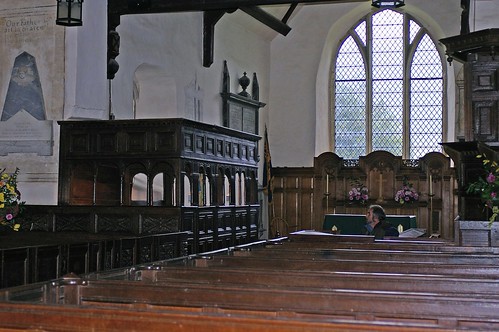

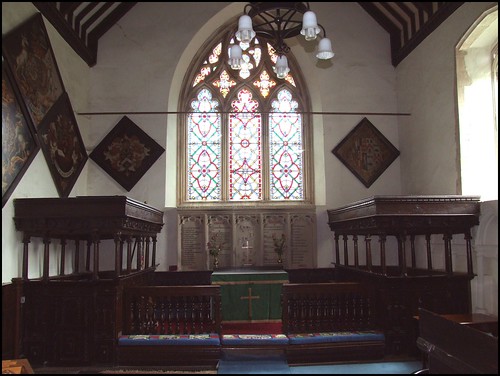
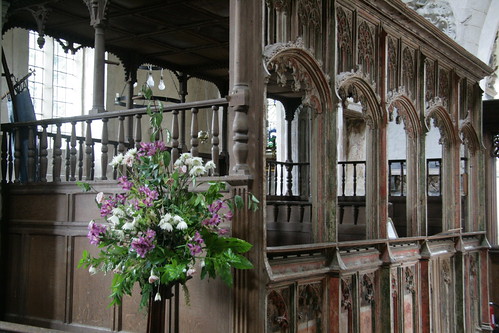

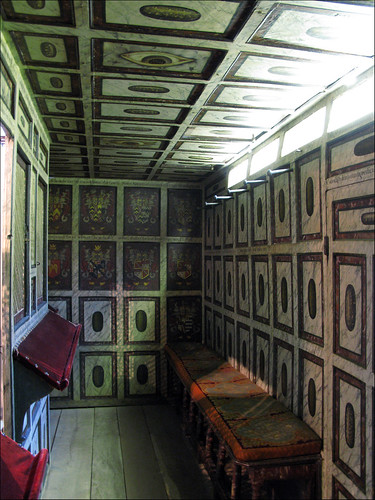








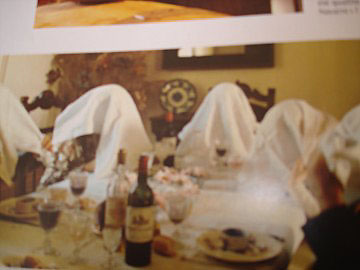



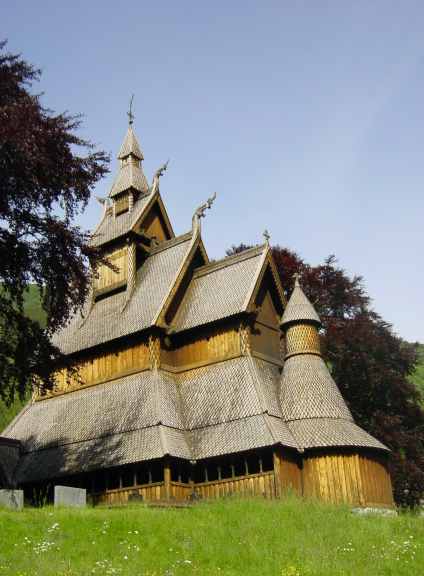






 Banfield identifies time preference as the underlying cause for the persistent distinction between social classes and cultures, in particular between the ‘upper class’ and the ‘lower class.’ Whereas members of the former are characterized by future-orientation, self-discipline, and a willingness to forgo present gratification in exchange for a better future, members of the ‘lower class’ are characterized by their present-orientation and hedonism.
Banfield identifies time preference as the underlying cause for the persistent distinction between social classes and cultures, in particular between the ‘upper class’ and the ‘lower class.’ Whereas members of the former are characterized by future-orientation, self-discipline, and a willingness to forgo present gratification in exchange for a better future, members of the ‘lower class’ are characterized by their present-orientation and hedonism.

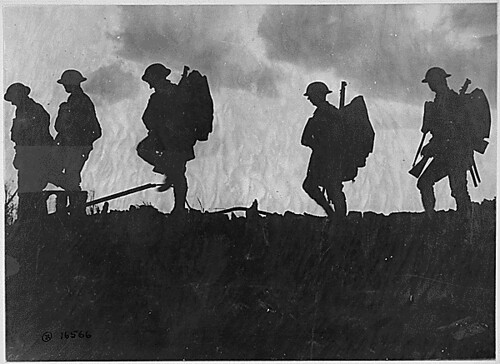
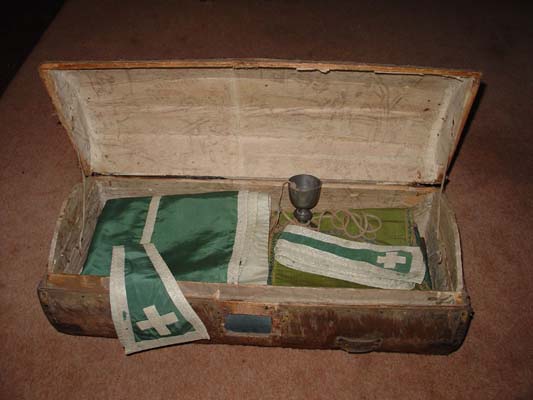
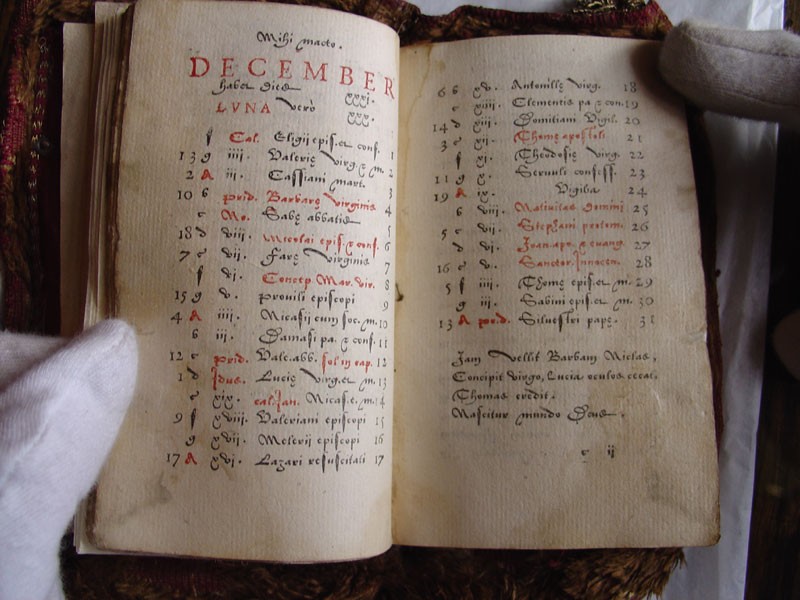
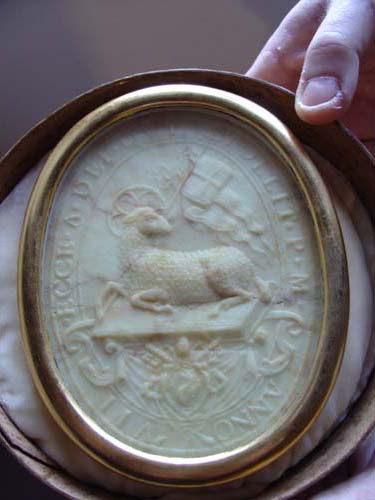


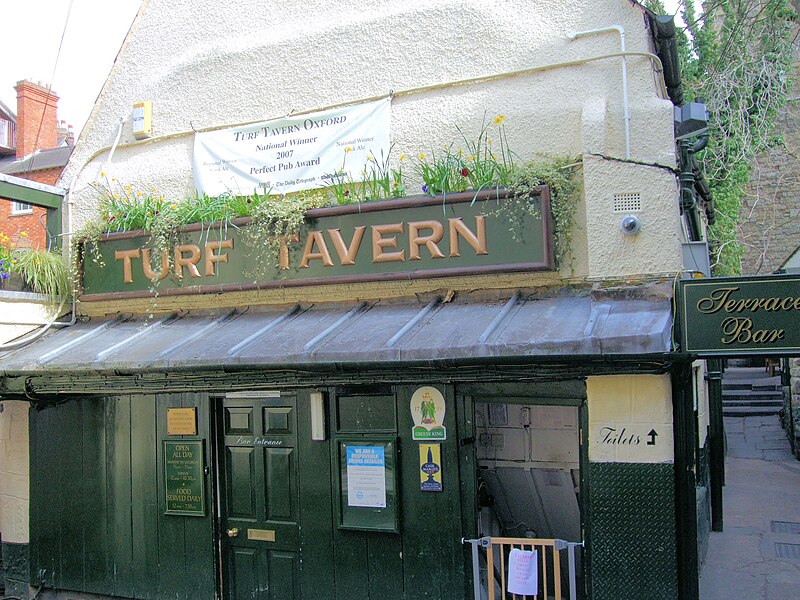


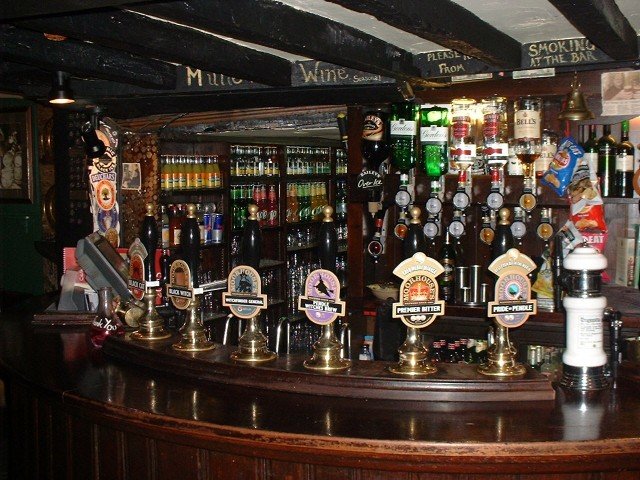
 The Tablet editor who was a spy of genius
The Tablet editor who was a spy of genius

